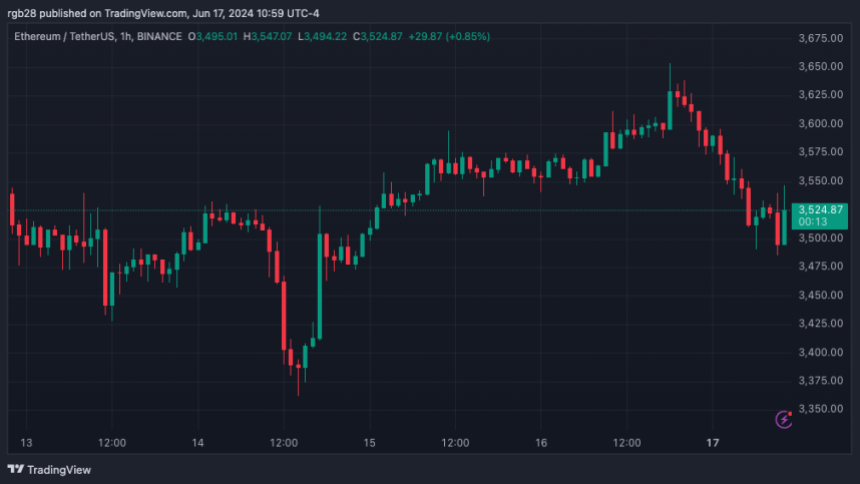ZkSync, the Ethereum Zero-Knowledge Layer-2 scaling solution, has been in the spotlight for its new token. Last week, the project’s announcement of its ZK token airdrop was met with backlash from investors and the crypto community.
Following the backlash, crypto exchange Binance announced it would list ZK and offered a new distribution program to address users’ concerns. Since its launch, ZK has dropped over 20%.
ZkSync’s Airdrop Drama
On June 11, ZK Nation announced the upcoming launch and airdrop of zkSync’s token. Over 3.6 billion ZK tokens could be claimed by 695,000 eligible addresses on Monday.
However, the distribution left many long-term users discontent with the token allocation they received. Several investors expressed disappointment after receiving a lower allocation than users with less volume or transactions. Other customers shared that they were not eligible for the airdrop despite meeting the criteria.
Similarly, various top-ranking projects built on zkSync announced they were forming a coalition after not being included in the airdrop. Element and zkApes revealed that they are not getting any tokens despite generating up to $20 million in gas fees for the network.
The backlash intensified when users expressed concerns about the lack of anti-Synil filtering. The project stated in the airdrop announcement their decision not to use anti-Sybil criteria. ZkSync’s team explained it was considered an “incomplete approach.”
Online reports claim that 80 million ZK tokens are going into the hands of 47,000 Sybil addresses.
Over the weekend, ZK Nation addressed the criticism and users’ concerns. The team answered some of the most frequently asked questions, including the zkSync-built projects exclusion, user eligibility, and Sybil detection.
Per the post, the team chose an “alternative path” to benefit organic users. As explained, an aggressive Sybil filtering would eliminate “naive Sybils” while mistakenly flagging real users. Additionally, the filtering would miss most bots and professional Sybil accounts.
As a result, the airdrop’s Sybil detection was configured “to lower the rate of false positives.” The team explained that a “larger number of Sybil accounts passing through the filter” was “a conscious trade-off.”
Binance Offers New Token Distribution
On Sunday, Binance announced it would list ZK on June 17. The exchange also revealed it would offer a ZK token distribution program “in light of the ongoing concerns.”
According to the post, Binance will distribute 10.5 million ZK tokens to up to 52,000 users who meet the criteria. The requirements include users who initiated at least 50 transactions on ZkSync Era between February 2023 and March 2024 and conducted transactions in seven distinctive months. Additionally, the claim address must not been eligible for the ZK Nation airdrop.
The ZK token started trading for $0.3 and reached the $0.32 mark, according to CoinGecko data. In the following hours, the price has retraced to the $0.24 price range, a 21% drop from its launch price. However, the token’s market capitalization sits at $900 billion and its fully diluted value (FDV) is at $5.1 billion.
The initial performance has received mixed reactions from the community. Some users highlighted how customer dissatisfaction could be partially responsible for the price drop. “Projects often forget that customer satisfaction is crucial for their product or innovation to succeed,” said one X user.
Ultimately, many users remain unfazed by the price drop due to the general market performance and the airdrop receivers selling their tokens. Customers seemingly consider ZK to be undervalued and an “excellent opportunity in the long term.”





